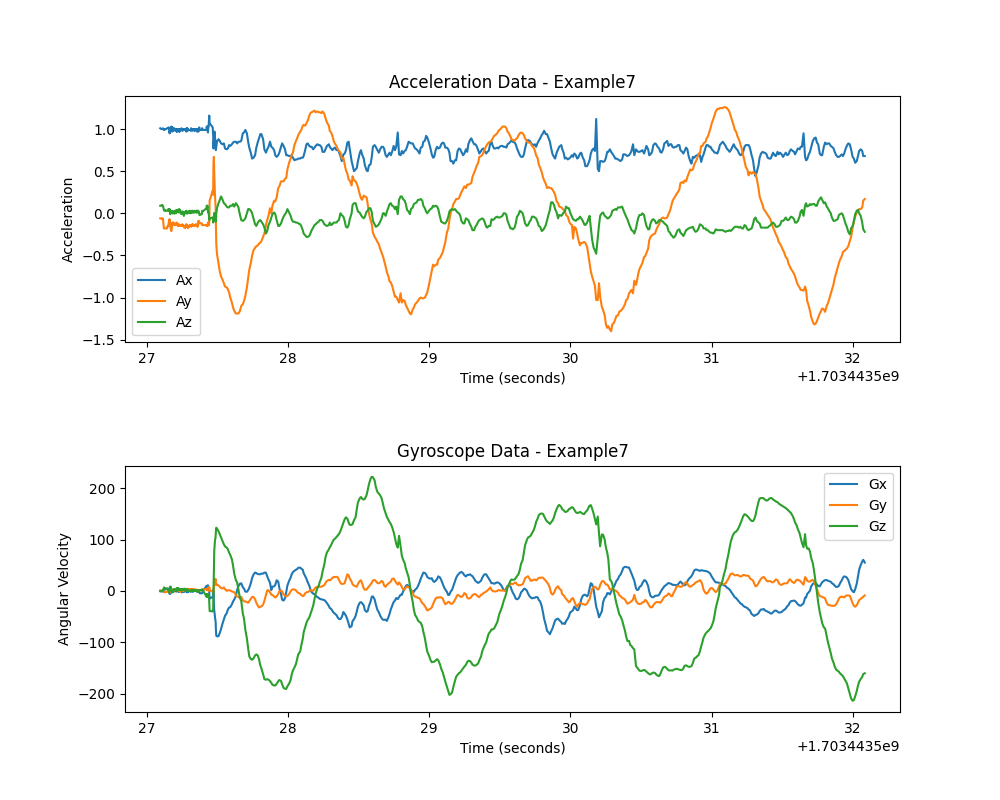This repository provides a comprehensive toolset ranging from basic to advanced software/firmware layers compatible with STM32 and Arduino Uno microcontrollers. The primary focus is on creating a data acquisition and visualization system for a variety of sensors, capturing real-time data via serial communication.
-
Data Acquisition:
- Stream raw data from MPU9250 sensors connected to an Arduino Uno over UART.
- Real-time data streaming to a PC using Python.
-
Data Structuring:
- Python script leveraging the Pyserial library to structure data into a CSV file.
- Data columns:
timestamp, Ax, Ay, Az, Gx, Gy, Gz.
-
Data Visualization:
- Generate signal plots from the CSV data.
- Organize data into four folders representing output classes for a neural network model:
idle, left_right, back_forth, up_down.
The repository is structured into separate methods, each representing a different step in the process. Each method is a separate directory containing:
- One or two Python scripts, depending on the use case.
- A description of the method in a TXT file, acting as the method's README.
- Acceleration data as .img:

- Acceleration & Gyroscope data as .img:

- Acceleration & Gyroscope data as a CSV:
Thanks to Method X2, real MPU9250 data was collected, aiding in the creation of a gesture recognition model capable of classifying 4 different hand gestures (idle, left_right, back_forth, up_down). This serves as the initial step towards developing a sophisticated smart embedded solution for soccer player activity recognition. These methods offer a solid foundation and flexibility for various use cases.

